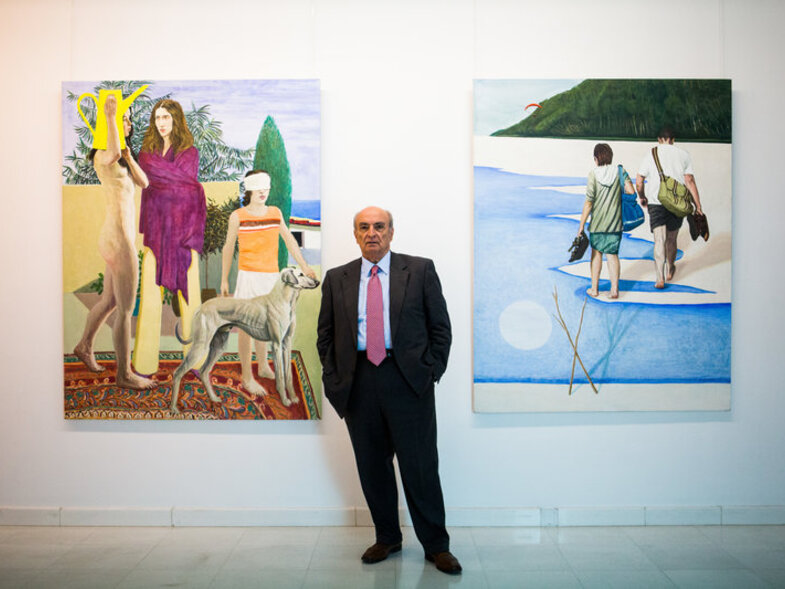
Vlassis Frissiras’ multifaceted work and his contribution to art and culture is summarized in the two-volume publication released in a stylish case by Patakis Publications entitled “Vlassis Frissiras: The Collection / The Museum / The Painter – Texts, Reviews, Interviews”. The first part of the publication, which deals with the collection, is introduced by Takis Mavrotas, director of the visual arts programme of the B. & M. Theocharakis Foundation for the Fine Arts and Music, while the second part, which deals with the Frissiras Museum and the extremely important exhibitions that took place there during the period 2000-2020, is introduced by the painter and professor of the School of Fine Arts of Tinos Konstantinos Daoulas. The third part refers to the “transformation” of the collector into a painter and the first solo exhibition of Vlassis Frissiras, held in 2023, with an introductory text by the university professor and writer Kostas Pappis. The publication was edited by George Giannousis.
The publication will be presented on Monday 17 February at 19:30 at the B. & M. Theocharakis Foundation for the Fine Arts and Music,, Vassilisis Sofias 9 and Merlin 1.
Keynote speakersι:
Anna Pataki, publisher
Soti Triandafyllou, historian, author
Takis Mavrotas, director of visual arts program
of the B. & M. Theocharakis Foundation
Dimitris Sevastakis, professor at the School of Architecture
of the NTUA, painter
Νikos Tranos, sculptor, former rector of the
Dean of the Higher School of Fine Arts
The presentation will be moderated by the journalist Pavlos Tsimas
The two volumes of the publication contain texts, reviews, interviews with leading art historians, artists, art historians, art critics, writers, poets, from all over the world, which not only shed light on the multi-dimensional career of Vlassis Frissiras, but also offer a wealth of knowledge about the contemporary artistic creation of important Greek and foreign painters. Among them someone may trace texts by Edward Lucie–Smith, Bryan Robertson, Philippe Dagen, Marina Lampraki-Plaka, Michel Draguet, Jürgen Schilling, Thanassis Moutsopoulos, Fernando Castro Flórez, Manos Stefanidis, Valerio Adami, Pat Andrea, Kostas Tsoklis, Antonio Tabucchi, Italo Calvino, Nicolas Calas, Octavio Paz, Vasilis Vasilikos, Elias Petropoulos, Soti Triandafyllou, G.P. Savvidis, Titos Patrikios, Yorgos Veltsos κ.ά.
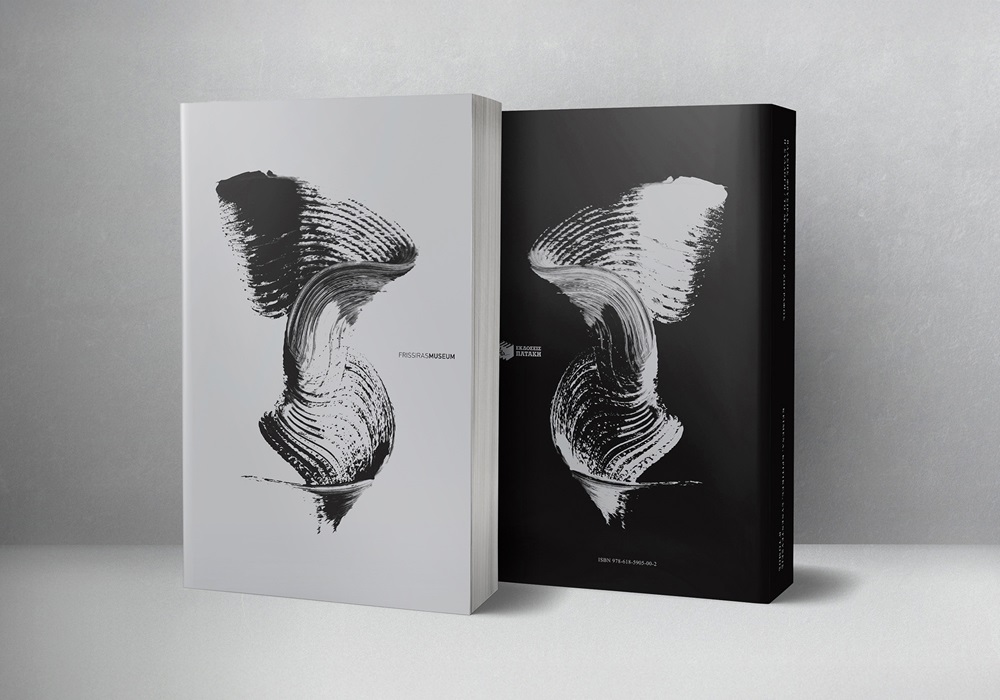
“Over the last fifty years I have put together a collection of works by Greek and foreign painters on the theme of the 20th century man. In viewing the collection two families met: that of artists, painters and that of scholars (artists of the word) of the same era. My task was to gather a large part of what was written about my collection and, by extension, about painting, about the Museum and its exhibitions, about my painting, and to include it in this publication. The most important thing written about a man’s effort to contribute to art and culture” writes Vlassis Frissiras, on the occasion of the release of this two-volume monumental work, which unfolds in nine hundred pages.
In his own preface entitled “The cultural interventions of an eternal teenager“, Takis Mavrotas notes: “For Vlassis Frissiras, painting is an experience, a meditation on the existence of the world, which interprets, concentrates, summarizes sensations and feelings, emotions and spirituality… As the Nestor and Mentor of cultural life in our land, he fought together with his family for those high values that elevate life to other levels of spirit“.
“What was deposited in the art collected by Vlassis Frissiras?” asks Konstantinos Daoulas in the preface to the second part of the book entitled “On the power of speech, the exhibition of the artwork” and answers: “The light of youth, the glow of its colours and the smells of love. It is a collection in which the painting of that youth of the end of the second millennium dominates. It is an art that does not look at European painting from a keyhole, it encompasses it, not prudish, not technically perfect, but bold, spontaneous, local and pan-European.”
In the last third part of the publication “the hero transformed into a painter is placed at the centre of the scene“, notes Kostas Pappis in his introductory note “An adventure with the most unexpected turn”. “This is a real transformation that of course did not happen in a vacuum, but by treading on the solid ground of a talent that had been dormant until then and a long study of great artists and their works. It is the place where Vlassis Frissiras acquires a new identity.”

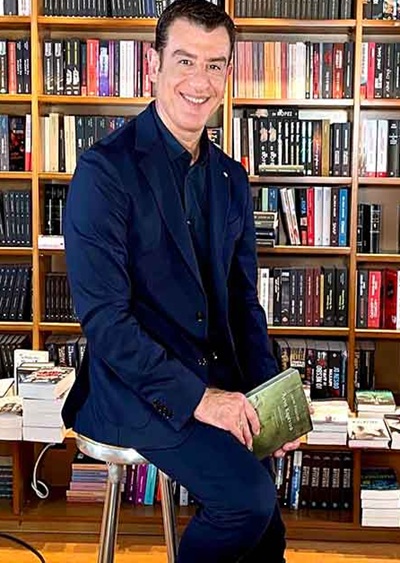
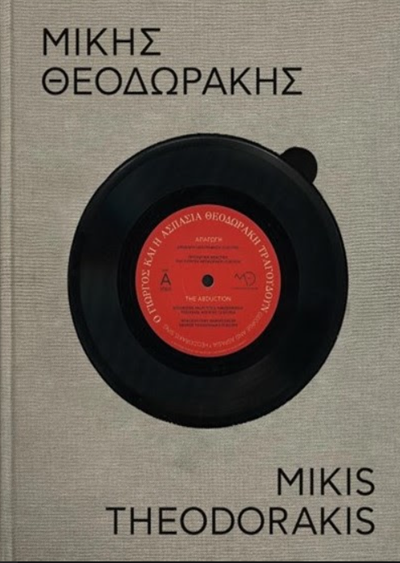
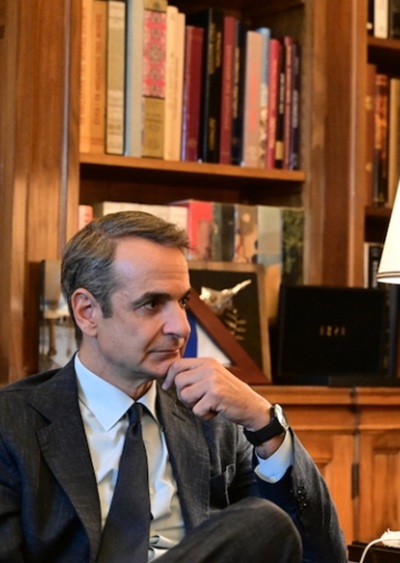



Leave A Comment